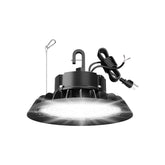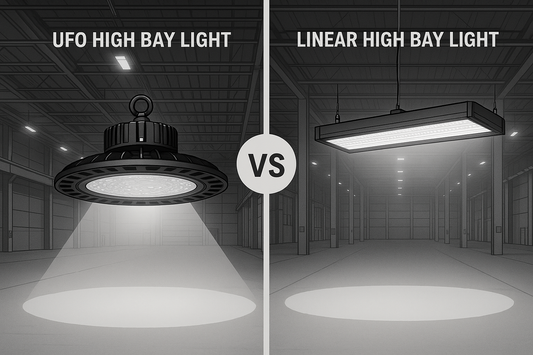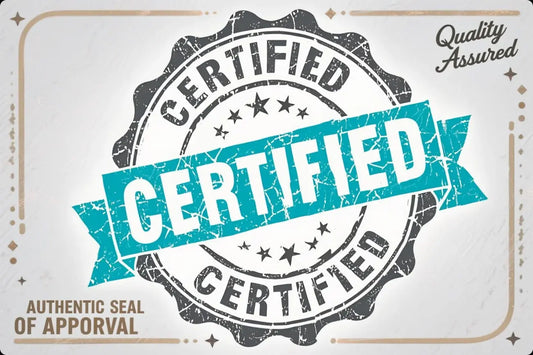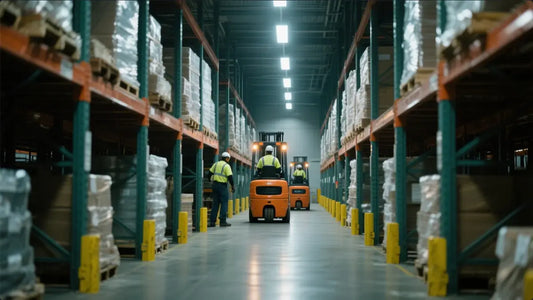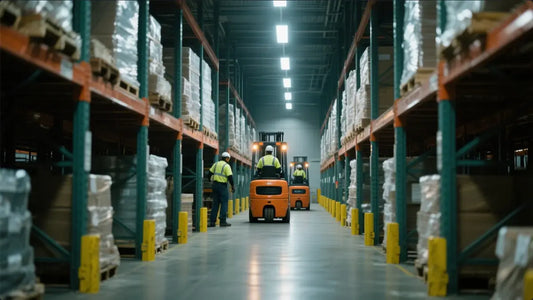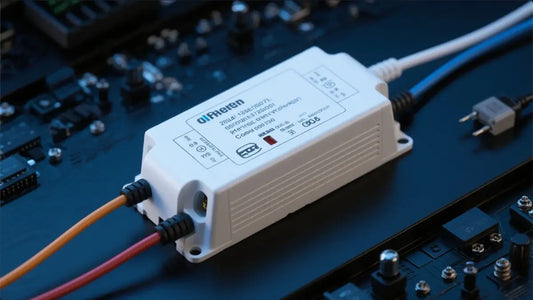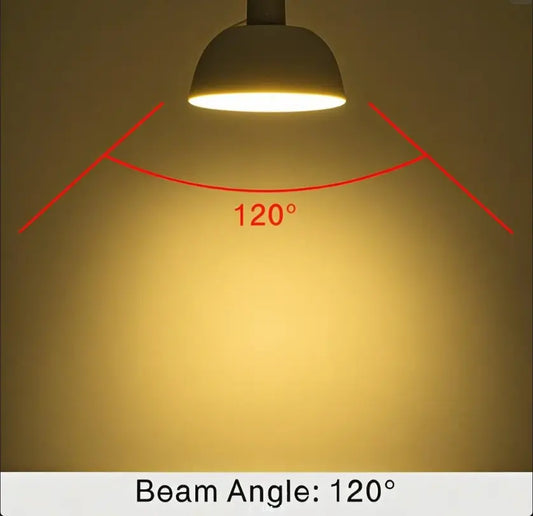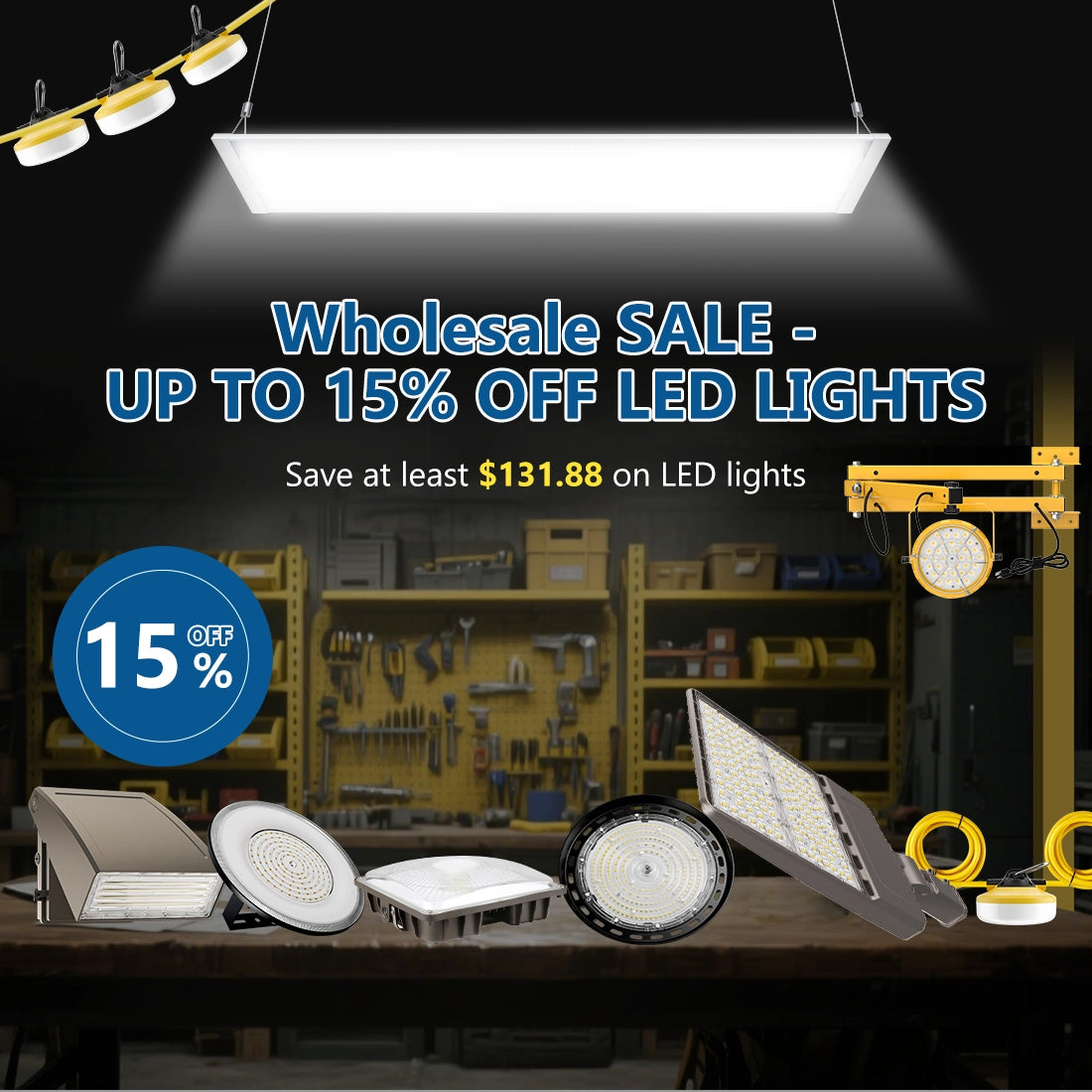UFO Vs Linear High Bay Lights
LED Lighting Fixtures Certification
The development history of LED after Independence Day of the United States
Electrical Knowledge Father's Day Gift Guide
💡 Light Up Dads World This Fathers Day! 🎉
What Is Needed For Warehouse Lighting Design?
Warehouse LED Lighting Standards And Regulations
How Does The Lighting Driver Work?
What does 120 degree beam angle mean?
